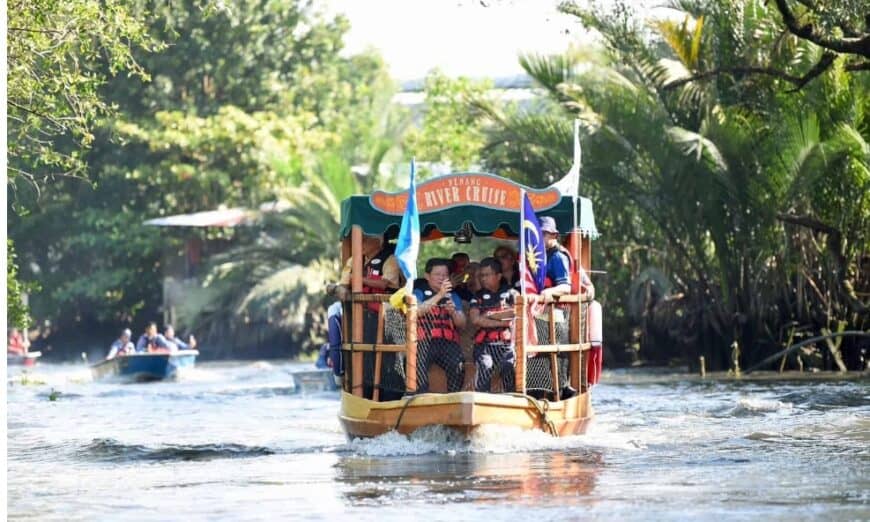ONCE labelled among Malaysia’s most polluted rivers, Sungai Juru is being reintroduced as Seberang Perai’s newest eco-tourism attraction with the opening of River Park at Autocity Juru.
Since April 20, the riverfront park has been offering guided boat cruises for domestic and international visitors to experience the river’s biodiversity while supporting ongoing clean-up efforts.
The 12km round-trip cruise runs from the River Park jetty to the riverbank and back, passing mangroves, nipah palms and berembang (sonneratia) trees. Several checkpoints along the way highlight the area’s flora and fauna.
Cruises operate every Friday to Sunday at 10.30am, 1.30pm and 4.30pm. Tickets are priced at RM48 for adults and RM38 for children and senior citizens (Malaysians), and RM68 and RM58 respectively for non-Malaysians.
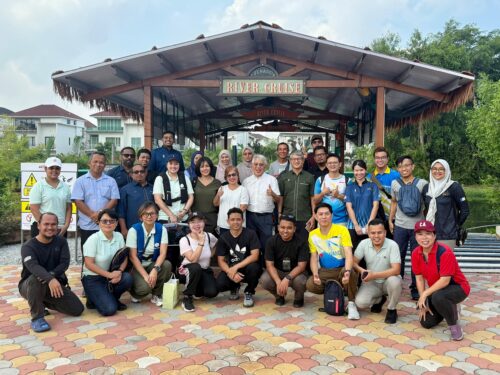
Each trip requires a minimum of 12 passengers and can take a maximum of 20. Proceeds from ticket sales go directly towards river-cleaning initiatives.

Auto-City founder and general manager Gary Teoh said the project was designed with three main goals, namely to transform Sungai Juru and Bukit Juru into a regional eco-tourism hub, to revitalise Seberang Perai’s green lungs located between industrial, commercial and residential areas, and to boost the livelihoods of local fishing communities.
“On Penang Island, George Town attracts visitors due to its heritage charm, while Sungai Juru has the potential to be a natural green lung and an educational experience for locals and foreigners alike,” Teoh told Buletin Mutiara during a recent cruise trip.
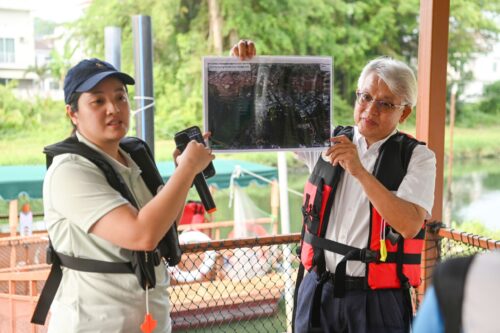
A civil engineer by training, Teoh said his work on Autocity since 2014 inspired him to embark on a project that benefits both the environment and the community.
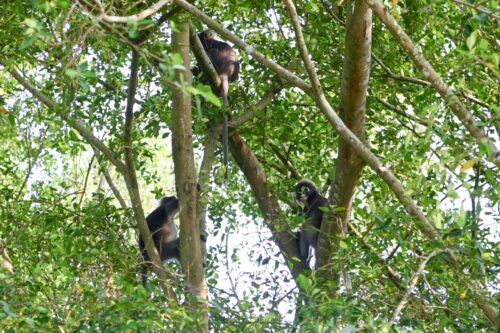
The river cruise, he added, covers six distinct habitats identified by researchers — birds, mammals such as langurs (leaf monkeys), insects, reptiles including monitor lizards and forest frogs, aquatic life, and coastal forest plants such as mangroves, nipah palms and berembang trees.
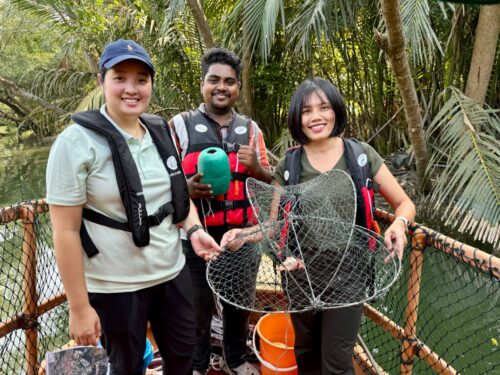
“Visitors can also try hands-on activities such as catching crabs, setting traditional traps (tangkol), casting fishing nets and gathering shellfish. These experiences combine education, conservation awareness and entertainment to mesmerise visitors,” he said.

Teoh said the park’s development was anchored on a strong scientific foundation, with research teams from the Malaysian Nature Society (MNS), Universiti Sains Malaysia (USM) and Universiti Malaysia Terengganu (UMT) conducting months of studies on Sungai Juru’s biodiversity, habitats and water quality, supported by Think City Sdn Bhd.
The studies, completed in March, also proposed measures to protect and enhance habitats while promoting eco-tourism.

“Research is important as it tells us how to protect the river while making it interesting for visitors. We want to present this knowledge through videos, guided tours and hands-on activities,” Teoh said.
The project has backing from the state government, Seberang Perai City Council (MBSP), Department of Drainage and Irrigation (DID), Penang Global Tourism (PGT), the constituency office and environmental NGOs such as WonderWorks.
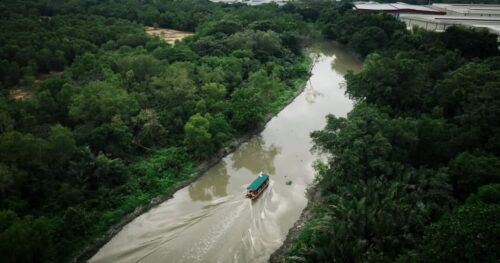
State DID director Ooi Soon Lee said Sungai Juru’s location, flowing through residential, industrial and commercial areas, made balancing development and preservation crucial.
“We have been steadily upgrading the river’s ecosystem, and we allocate a budget for our ‘River for Life’ programme to maintain natural habitats. The state has also increased its Sungai Juru clean-up budget to RM2.293 million in 2024, a 24.7% rise from RM1.725 million the previous year,” Ooi said.

Despite progress, pollution remains a concern. WonderWorks president and MBSP councillor Rachel Teh said waste collected during clean-ups had grown from 250kg in December 2024 to 788kg in May this year.
“The waste is mostly single-use plastics, polystyrene food containers, old shoes, metal cans, beverage cartons and glass bottles. The trend is alarming and shows we must educate the community further,” she said.
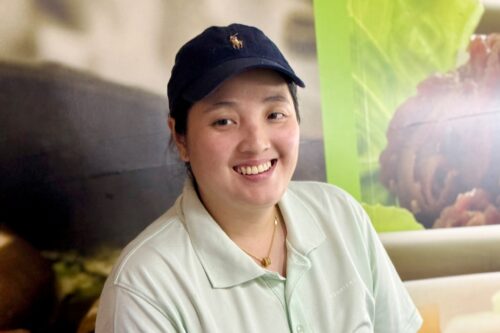
WonderWorks plans to work with factories on corporate social responsibility (CSR) projects to improve water quality, protect habitats and strengthen the river’s tourism appeal.
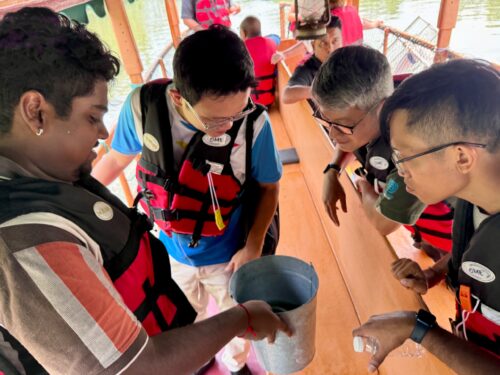
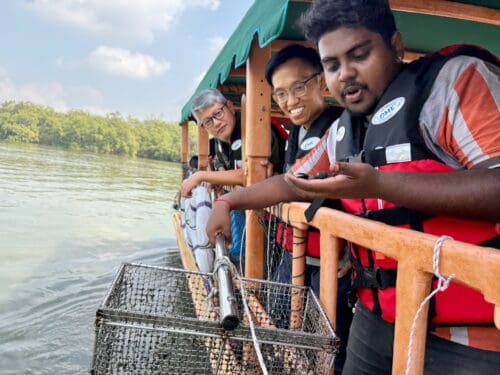

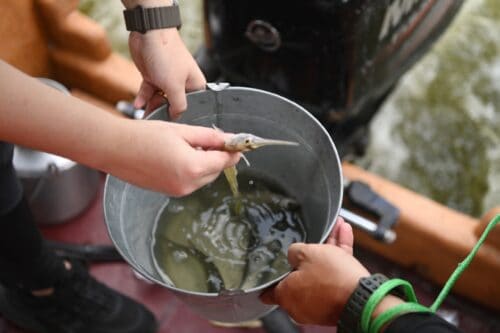
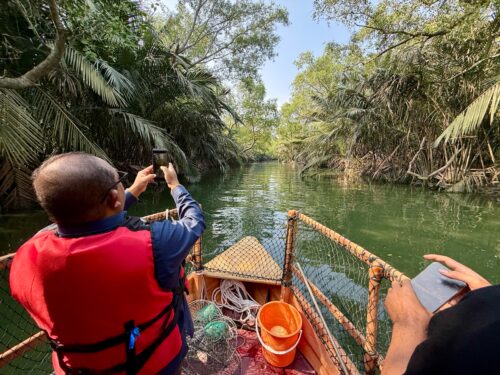
Story by Edmund Lee
Pix by Siew Chia En

